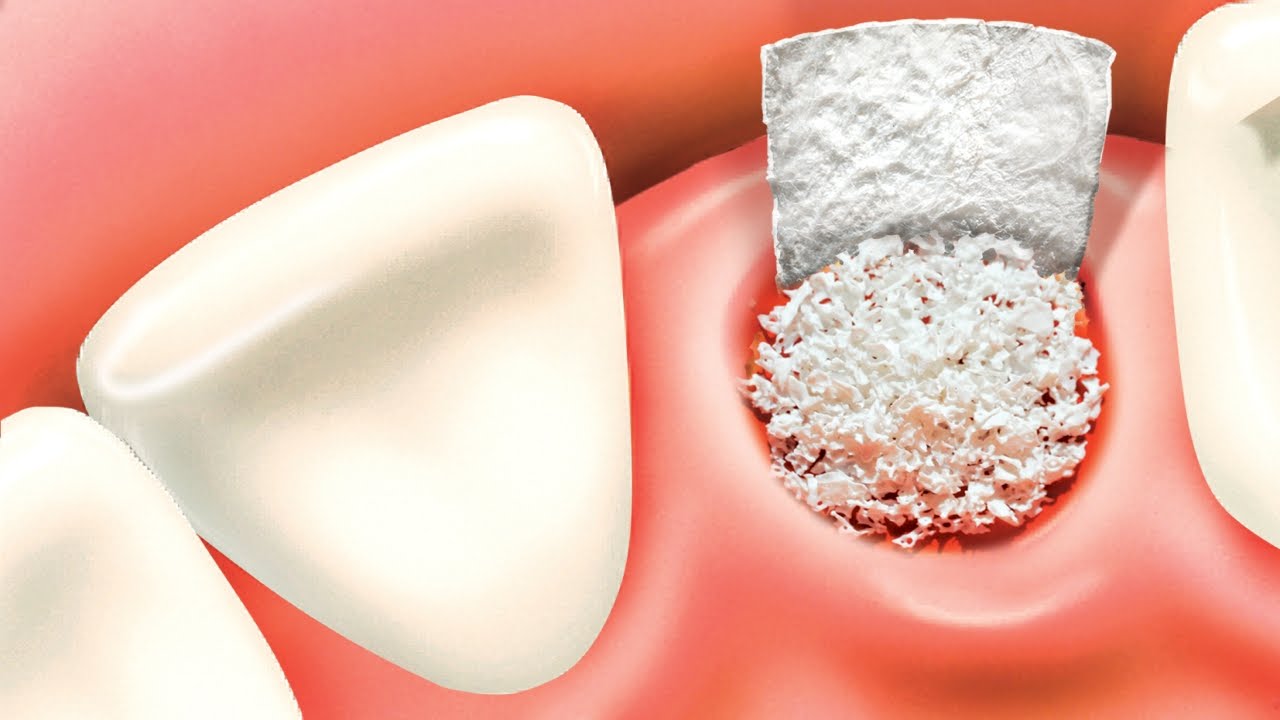At Royal Dental Clinics, we understand how important it is to take care of more than just your teeth and gums when it comes to your oral health. Tooth implants are one of the most significant advancements in dental care, and they play an important part in preventing bone loss and maintaining the natural appearance of the face. Dental implants have fundamentally altered the practise of restorative dentistry due to the fact that they are designed to last for a very long period and seem entirely natural. This article will explore ways in which tooth implant contribute to the preservation of bone loss and facial structure.
Understanding Bone Loss and Facial changes
Bone loss occurs when there is no stimulation or pressure on the jawbone due to missing teeth. Without the pressure from the teeth, the jawbone gradually shrinks and loses its density. This can make the facial structure appear sunken and aged, leading to wrinkles and fine lines around the mouth and chin. The loss of bone density can also affect the alignment of the remaining teeth, leading to further tooth loss and oral health problems.
The facial structure changes that occur due to bone loss can be significant, and they can impact a person’s self-esteem and confidence. The good news is that dental implants can prevent bone loss and preserve the facial structure. Dental implants are a long-term solution that can restore the function of missing teeth and prevent further bone loss.
What are Dental Implant in bone loss?
Dental implants are artificial tooth roots that are surgically placed into the jawbone to replace missing teeth. The implant is made of titanium, which is a biocompatible material that fuses with the jawbone over time, creating a stable base for a dental crown or bridge. The crown or bridge is then attached to the implant, providing a permanent and natural-looking replacement for missing teeth.
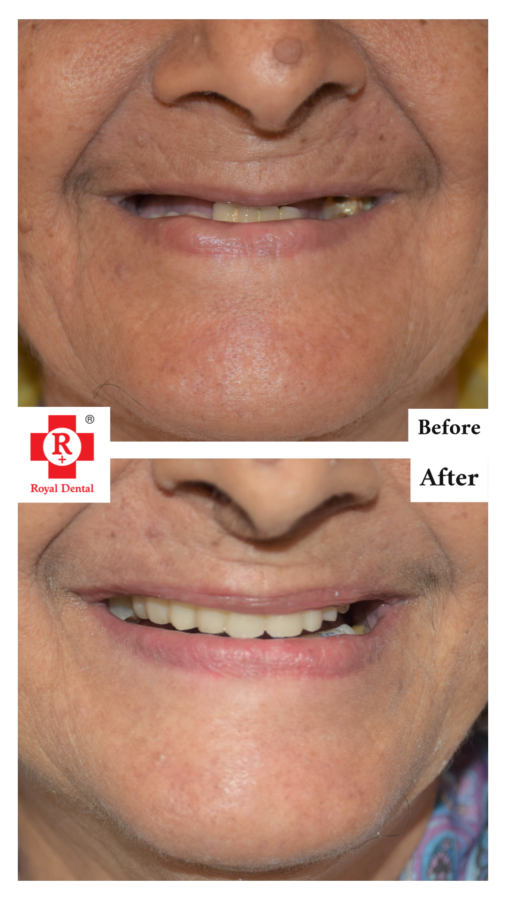
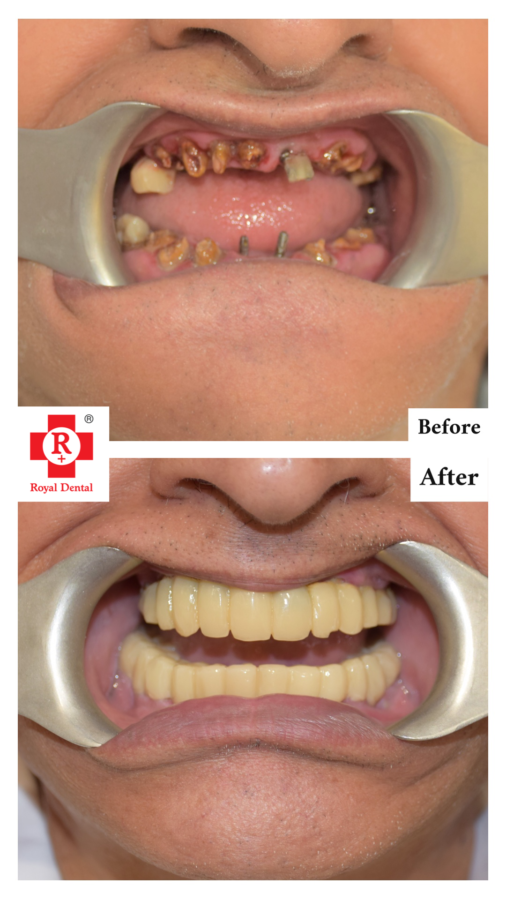
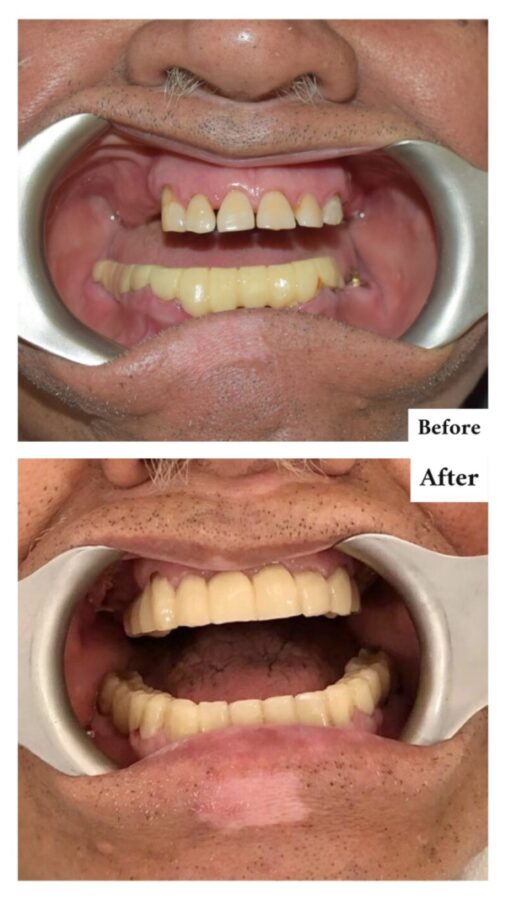
Tooth implants are a popular option for people who have lost one or more teeth due to injury, decay, or gum disease. They offer a long-term solution that is durable, functional, and aesthetically pleasing. Dental implants look and feel like natural teeth, and they can improve your quality of life by restoring your ability to eat, speak, and smile with confidence. Implants are a widely recognized and effective solution for replacing missing teeth. However, in patients with significant bone loss, the use of implants may require additional considerations and treatment approaches.
Do Dental Implant prevent bone loss?
Tooth implant prevent bone loss by providing stimulation and pressure to the jawbone, just like natural teeth. The implant is surgically placed into the jawbone, where it fuses with the bone over time, creating a stable base for a dental crown or bridge. The dental crown or bridge is then attached to the implant, providing a permanent and natural-looking replacement for missing teeth.
The pressure and stimulation provided by tooth implant help to maintain the density of the jawbone, preventing it from shrinking and losing its shape. This, in turn, prevents the facial structure from changing and helps to preserve a youthful appearance. Dental implants are the only tooth replacement option that can prevent bone loss and preserve the facial structure.
It’s important to note that each patient’s case is unique, and the suitability of dental implants in the presence of bone loss depends on various factors. A thorough evaluation by a dental professional, such as a prosthodontist or oral surgeon, is necessary to determine the best treatment approach tailored to the individual patient.
Dental Implant in Preserving Facial structure
Preventing bone loss: Dental implants are the only tooth replacement option that can prevent bone loss and preserve the facial structure.
Restoring function: Dental implants restore the function of missing teeth, allowing you to eat, speak, and smile with confidence.
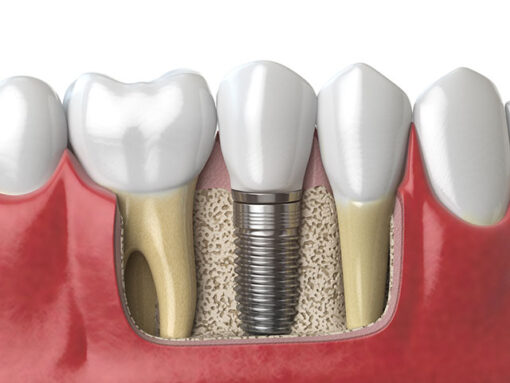
Aesthetically pleasing: Dental implants look and feel like natural teeth, providing a permanent and natural-looking replacement for missing teeth.
Long-lasting: Dental implants are a long-term solution that can last for decades with proper care and maintenance.
Improving self-esteem: Dental implants can improve your self-esteem and confidence by restoring your ability to smile and speak with ease.
Dental Implant Procedure in Bone Loss
Consultation for Bone Loss Implant: The first step is a consultation with a tooth implant specialist who will evaluate your oral health and determine if you are a good candidate for dental implants.
Surgery: The next step is the surgical placement of the implant into the jawbone. This step may have addition of bone grafts or sinus lift. The final step is the placement of the dental crown or bridge. The crown or bridge is custom-made to match the colour and shape of your natural teeth, providing a natural-looking replacement for missing teeth.
Dental Implant in patients with bone loss
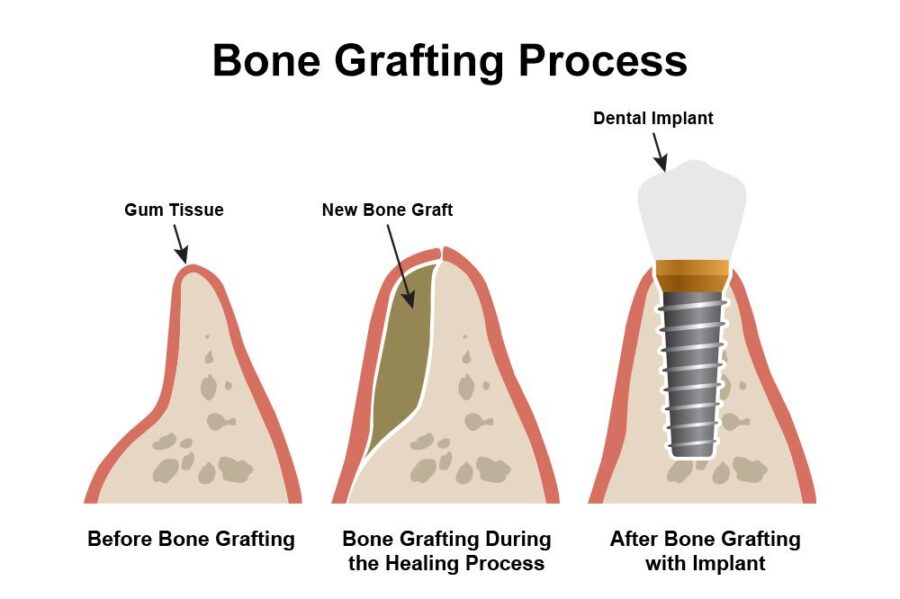
Bone Grafting
In cases of severe bone loss, a bone grafting procedure may be necessary before tooth implant placement. Bone grafting involves adding bone or bone-like materials to the jawbone to augment its volume and density. This procedure provides a solid foundation for dental implants by creating a stable environment for osseointegration, the process by which the implant fuses with the surrounding bone.
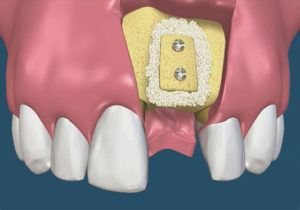
Sinus Lift in Bone Loss
If the upper jawbone has experienced significant bone loss, a sinus lift procedure may be required. This procedure involves elevating the sinus membrane and placing bone graft material in the sinus area to enhance the bone height and create a suitable environment for implant placement.

Mini Implants in bone loss
In cases where traditional dental implants are not feasible due to severe bone loss, mini tooth implants may be considered. Mini implants have a smaller diameter than regular implants and can be placed in areas with limited bone volume. Although they may not provide the same level of stability and long-term success as traditional implants, they can serve as a viable option for certain patients.
In summary, tooth implants can still be a viable option for patients with bone loss, thanks to techniques such as bone grafting, sinus lifts, mini implants protocols. Proper assessment and treatment planning are essential to ensure successful implant outcomes in patients with compromised bone structure.
Risks and complications of Tooth implant in bone loss
Reduced Implant Stability: Bone loss can affect the stability and integration of dental implants. Insufficient bone support may result in a lower degree of implant stability, which can increase the risk of implant failure or complications.
Need for Bone Augmentation: Patients with significant bone loss may require bone grafting or other bone augmentation procedures to enhance the bone volume and density before implant placement. These additional procedures can increase the complexity and cost of the treatment.
Infection and Implant Failure: Patients with bone loss may be at a higher risk of developing infections around the implant site. Inadequate bone support can compromise the healing process and increase the susceptibility to infection, which can lead to implant failure.
Aesthetic Complications: Bone loss can affect the esthetic outcome of dental implants. Insufficient bone support may lead to gum recession or inadequate soft tissue support, which can compromise the natural appearance of the implant restoration.
Functional Limitations: In some cases of severe bone loss, there may be functional limitations associated with dental implants. Insufficient bone support may restrict the ability to place implants in ideal positions or support certain types of implant-supported restorations.
Frequently Asked Questions
It’s recommended to consult with a qualified dentist or oral surgeon who specializes in dental implantology to discuss the specific risks and complications related to dental implants in the presence of bone loss. They will be able to provide personalized guidance and develop a treatment plan that addresses the individual patient’s needs and minimizes the associated risks.
Q. How long do tooth implants last?
A. Dental implants can last for decades with proper care and maintenance.
Q. Does getting dental implants hurt?
A. The surgical placement of dental implants is done under local anesthesia, which numbs the area and minimizes discomfort.
Q. Are dental implants covered by insurance?
A. Some dental insurance plans may cover a portion of the cost of dental implants.
Q. Can anyone get dental implants?
A. Not everyone is a good candidate for dental implants. A consultation with a dental implant specialist is necessary to determine if you are a good candidate for the procedure.
Conclusion
Tooth implants have been shown to significantly reduce the risk of bone loss and preserve facial structure, both of which are important goals for our practise. Tooth implants guarantee ideal oral health, aesthetics, and the confidence that comes with a healthy and attractive smile since they provide a solution that is long-lasting and may last a lifetime. Pay a visit at Royal Dental Clinics to learn about the life-changing advantages that dental implants may provide for the maintenance of your oral and facial health. It’s important to note that the risks and complications associated with implant in patients with bone loss can be minimised by careful treatment planning, proper case selection, and the expertise of a skilled dental professional. Thorough evaluation and assessment of the patient’s oral health, bone structure, and overall systemic condition are essential to determine the most appropriate treatment approach and manage any potential risks.

